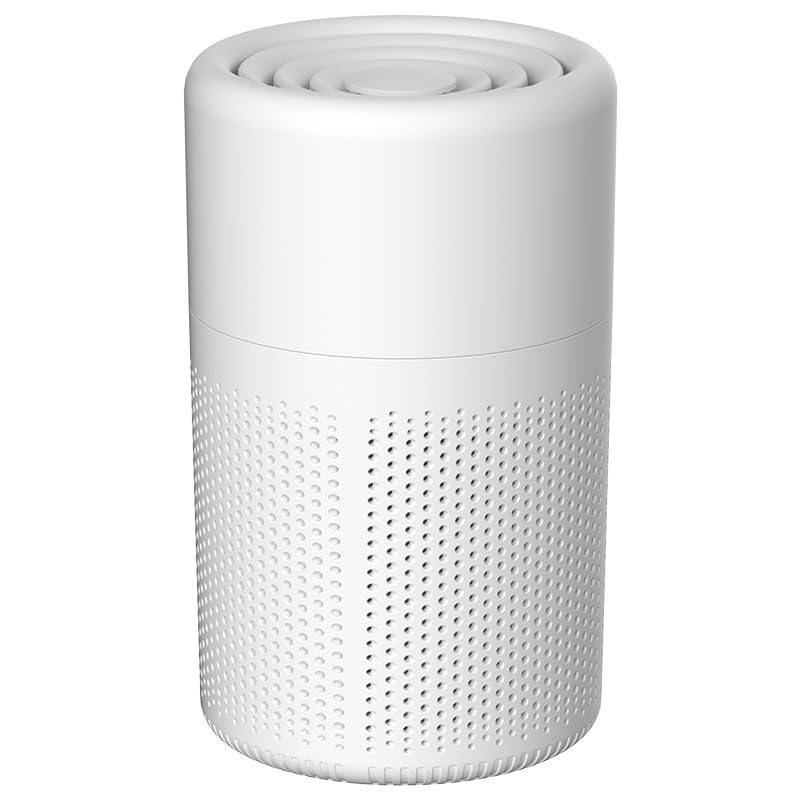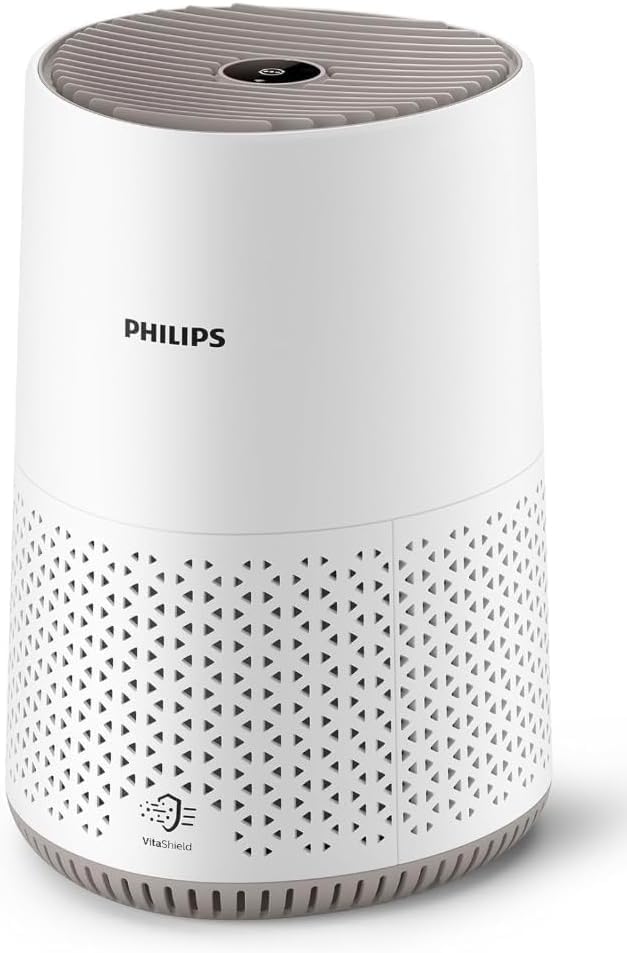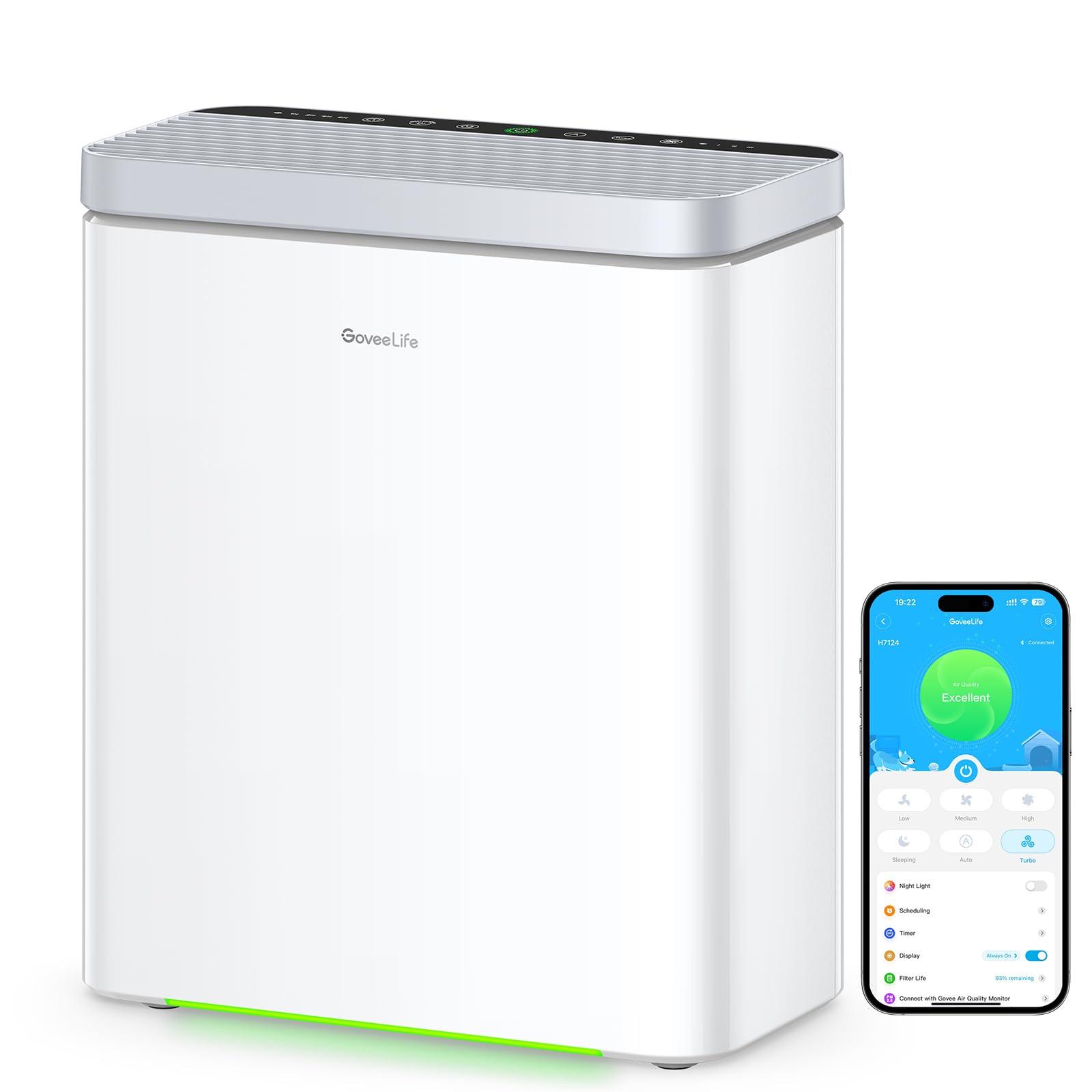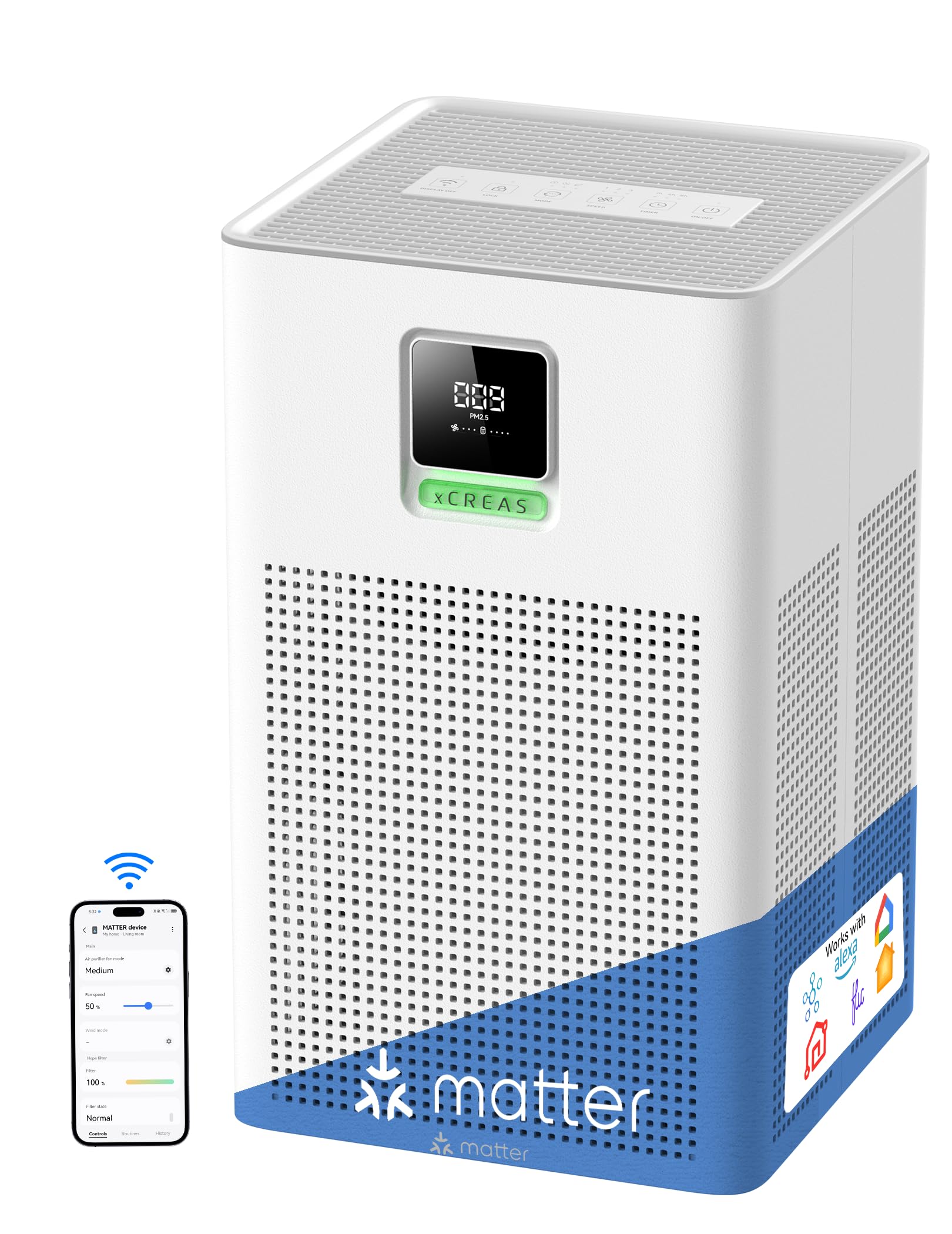Air purifiers work by cycling air through filters that capture particles such as pollen, dust, pet dander, and smoke. Choose a unit that is too small and it will never reach a clean, steady state. Choose well and you can keep bedrooms and living rooms clearer at sensible noise levels. This guide explains CADR and air changes per hour, matches common UK room sizes to practical targets, and covers placement and filter planning so you get the benefits you are paying for.
Cleaner air depends on air purifiers with sealed filters sized to the room.
What CADR really means
CADR stands for Clean Air Delivery Rate. It combines a purifier’s airflow and filter efficiency into one number that indicates how quickly it reduces particle concentration. A unit with high airflow but leaky seals will not have a strong CADR because much of that air bypasses the filter. Real performance depends on sealed filter frames and a motor that maintains flow against resistance.
Air changes per hour and why bedrooms need less noise
Air changes per hour, often shortened to ACH, describes how many times a purifier can process the air volume of a room each hour. For allergies, aim for four to five ACH in bedrooms so the air stays clear while you sleep. Living rooms can feel better at two to three ACH during the day if noise is a concern. Higher is better for quick clean ups, but you need the noise and size to match the space where you will spend time.
Match CADR to typical UK room sizes
Many UK bedrooms range from eight to twelve square metres with ceilings around 2.4 metres. That makes room volumes of roughly twenty to thirty cubic metres. To achieve four to five ACH in a twenty five cubic metre room, you need one hundred to one hundred and twenty five cubic metres per hour of clean air. For living rooms that are closer to twenty square metres, a target of two to three ACH gives a similar range. If you prefer imperial units, the same principle applies. Work with room volume and your desired ACH to set a CADR goal.
How to calculate your target
Measure your room length, width, and height to get volume. Multiply length by width by height. Decide your ACH target. Multiply volume by ACH to get the clean air flow you want in cubic metres per hour. Then compare that to the stated CADR for particles. If a model uses cubic feet per minute, convert by multiplying cubic metres per hour by 0.588 to get CFM, or multiply CFM by 1.7 to get cubic metres per hour.
Bedroom noise matters
You can have the right CADR on paper yet still dislike a purifier if it drones at night. Look for models that reach your target at a fan speed you can tolerate while sleeping. A unit that can deliver five ACH at medium fan will be more practical than a tiny device that must run flat out to reach the same target. Manufacturers often quote noise at the lowest and highest settings. Test medium speeds in a quiet room to judge what you can live with.
Placement tips for real performance
Keep the purifier’s intake and outlet clear by at least a few inches. Avoid pushing it into tight alcoves where air swirls without mixing with the room. Place it closer to the source of particles when you can. For example, near the bed if you shed dander at night, or between a door and the sofa if street air drifts in. If a model has a top outlet, placing it where the upward stream can spread across the room helps. If the outlet is at the back, angle it so the stream does not drive dust off the floor directly into your face.
Filters, seals, and costs
True performance depends on well sealed HEPA filters and a pre filter that catches hair and fluff. Replace filters on schedule, or sooner if odours persist or dust builds heavily. Carbon filters remove certain gases but saturate over time and add resistance, which can reduce airflow. Budget for annual filter sets before you buy so there are no surprises. A slightly larger model with affordable filters can be cheaper to run than a small device that needs expensive cartridges every few months.
Smart features and set and forget
Auto modes use particle sensors to adjust speed. They can help during the day but may run lower than you like at night if the sensor sits far from your breathing zone. A simple schedule that runs medium fan in the hour before bedtime and low overnight can feel cleaner in practice. If you dry laundry indoors, a purifier that filters nearby can reduce fluff in the air while a dehumidifier pulls out moisture. Pairing the two is a common winter routine in the UK.
Verified seals and sensible sizing are cornerstones of air purifiers for common UK room sizes; in damp homes, many pair a purifier with a dehumidifier to control moisture.
FAQs
What CADR do I need for a UK bedroom?
Work from room volume. A ten square metre bedroom with a 2.4 metre ceiling is twenty four cubic metres. At five ACH, your target is about one hundred and twenty cubic metres per hour of clean air. Choose a unit that reaches that at a noise level you find acceptable.
Is a larger purifier always better?
Only if you can tolerate the size and noise. A larger unit running at a lower speed can be quieter while still meeting your ACH target. Check noise at the speeds you plan to use.
Where should I place an air purifier?
Keep it out from walls, off tight shelves, and closer to the source of particles. Near the bed for night allergies, or near the door where street air enters the room.





